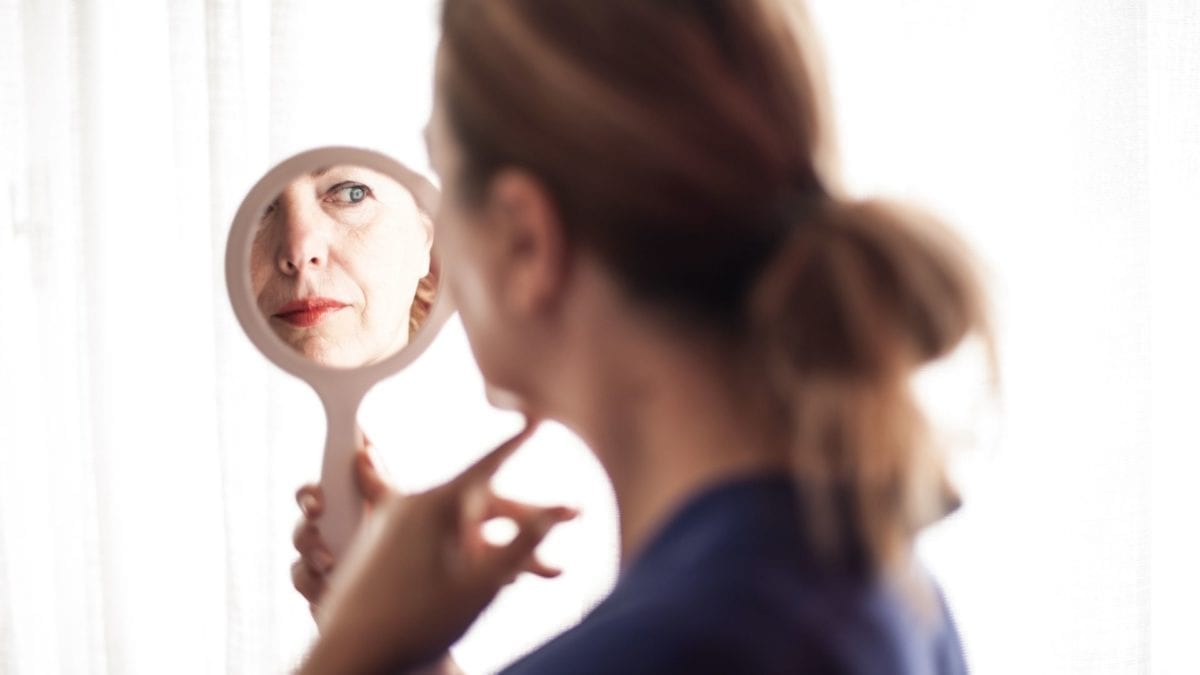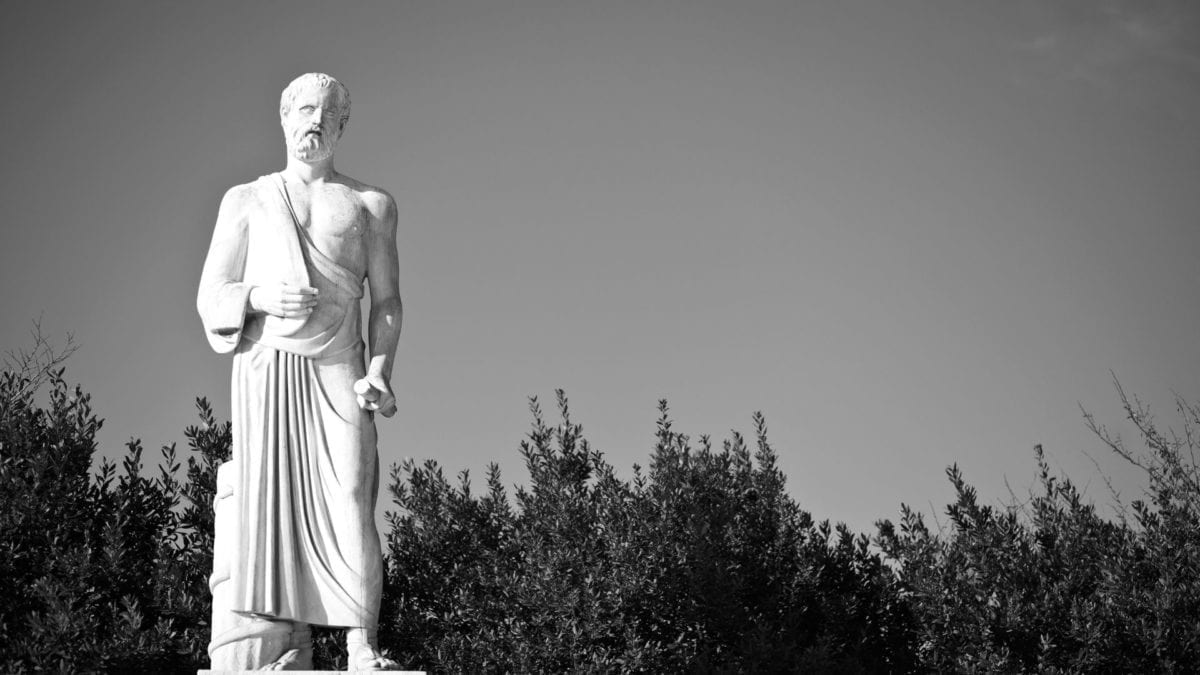Mad Tales looks at the way Hindi cinema has portrayed human emotions, madness in particular, down the decades and what these caricatures tell us about ourselves as a society.In a country like India, where people idolise film stars and are influenced greatly by cinema, it is very important that issues like human emotion and mental illness are portrayed accurately and responsibly.
Mad tales from Bollywood, Professor Dinesh Bhugra, Maudsley Monographs number Forty-eight, Psychology Press, U.K.Art is often viewed as a caricature of society — an exaggerated portrayal of the life and times it evolves in. In no art form perhaps is this a greater truism than the world of cinema. Human emotion takes the centre-stage in most cinematic endeavour: from romance to war, epics, social drama and magical realism. Indeed, even the most Kafkaesque (or for that matter, Tarantinoesque) contribution, is fashioned around bedrock of human emotion.
Mad Tales from Bollywood (2006: Psychological Press, Hove, U.K.) is a unique effort by a London based academic psychiatrist of Indian origin, Professor Dinesh Bhugra. In this work he analyses from a cultural viewpoint the portrayal of human emotions and mental illness in Indian Cinema.
The book begins on a technical note, defining and introducing some basic terms and concepts. One of these, “The Other”, an individual who stands for something quite opposite to what we stand for, is of interest from the perspective of how mental illness and villainy are portrayed. How this other gets defined, vilified, criticised, made fun of, or rejected outright is crucial, as mental illness may be then viewed as a visitation, mitigating one’s responsibility for it and engendering greater acceptance of the sufferer.
The author explores the socio-cultural underpinnings of Indian cinema, paying attention to the extended family in Indian society with its attendant religious undertones. The use of song and dance in Indian movies, to convey emotions of love, passion, anger and hatred, with the protagonists often being far apart from one another, is dealt with in some detail. The roles of gender, social and class factors, besides that of patriarchal hierarchy, dictate how songs are used in Indian society. The new boldness that has swept Indian cinema halls, particularly in how sexual emotions are dealt with, is discussed here.
While in the yesteryears the coming together of flowers or butterflies would convey erotica, or indeed, such portrayal will be relegated to the vamp or coquettish mistress, there is today a sexual brazenness sweeping Indian cinema, reflecting the changing sexual mores of Indian society. The fact that the character played by Amitabh Bachchan in “Hum” could sing, “Jumma, chumma de de (kiss me…)” and the heroine in “Khalnayak” asked, “What is under your blouse?” reflects the social shift towards a more open acknowledgement of sexual desire and erotic thoughts.
Changing Landscape: The author traces the history of Indian cinema against the background of the changing political, economic, cultural and social landscape of the country, the hero being the focus of this exploration. In the 1950s and 1960s, several Muslim socials (as films with Muslim stories and characters were often called) of the time represented the zenith of that culture in Indian cinema. After the initial shock of the Partition, these films were placed very much in the Islamic context, and they exploited the culture of a bygone and much-mourned era. There was also a post-independence idealism that marked this period, many films with patriotic fervour being released at that time. The 1960s, widely regarded as the golden era, was characterised by a certain romanticism, with family and social melodramas, excellent lyrics and good songs that had wholesome family appeal. The hero was our aspirational ideal: good looking, vibrant and romantic. In the 1970s, the euphoria of independence had disappeared. The protagonist is shown as a marginalised individual whom the audience can identify with. He is much wronged and exploited, and has suffered physically, emotionally and psychologically. He does what we would like to do, but are prevented from doing because of social mores and our own private morals. Interestingly, this change coincided with the imposition of the “Emergency” in India and the widespread social disaffection this provoked in Indian society. This theme continued well into the next decade, with the portrayal becoming more prominent, aggressive and violent.
The dominance of the angry young man continued in the 1990s. However, his anger was no longer directed against society. Instead, it became a symbol of love. The roles of Shah Rukh Khan as the love-obsessed stalker in films like “Deewana”, “Darr”, “Baazigar” and “Anjaam” heralded the arrival of a psychopath who feels no remorse or guilt. Another theme that emerged in this period, which has continued in this millennium, is a new idealism involving young people with high aspirations and dreams, either in urban India, or often living abroad, but culturally conscious of their “Indian-ness”. This evolution, which coincided with economic liberalisation and globalisation, appeals both to the younger audience of Indians and to the Indian Diaspora. Family dramas and romance have made their reappearance reflecting also an interesting coexistence of tradition and modernity. Interestingly, the psychopath who engages in mindless violence (“Abhay” in Hindi, “Alavandan” in Tamil); the person with an explosive impulsive personality (Shah Rukh Khan in many films); the multiple personality disorder sufferer (“Manichitratazhe” in Malayalam; “Chandramukhi” in Tamil); all continue to engage our cinematic cultural consciousness, as do themes of marital jealousy and infidelity (“Astitva”), unusual relationships that transgress social class and mores (“Chandni Bar”, “Ek Chalis ki Local”); differences in age (“Jogger’s Park”, “Nishabdh”, “Cheeni Kum”) and other conventional barriers. Indeed, it could be said that Indian cinema has demonstrated the maturity to explore many an unconventional emotive theme, while continuing to remain curiously infantile in Toto, largely reflecting a male dominated parochial society.
Appalling Portrayal: The portrayal of madness in Indian cinema is appalling. Those with mental illness are clowns, feeble and weak. Those treating them are caricatures, all in white coats and, absurdly enough, they get the hero to face the truth by setting up situations, as a detective might. Prof. Bhugra reviews several Indian (mainly Hindi) movies to make this point. As in “Khamoshi”, the senior psychiatrist chairs a meeting with at least 10 other psychiatrists to decide whether the protagonist is insane or not. They take turns in asking questions to assess his mental state; with one psychiatrist (unusually) instructing him to keep his answers short and to the point. The interview is more like an inquisition with rapid fire questioning.
Illogical and unrealistic portrayals of mental illness in Indian cinema are highlighted here. The heroine, usually a nurse or, more recently, doctor, makes it her life’s mission to “cure” the mentally ill protagonist, often going far beyond the call of her profession; more alarmingly, often breaching clinical ethics by falling in love; the submission of the heroine to many a risky assignation in order to diagnose or identify the cause of the protagonists madness; the explosive climax which puts all including the protagonist at risk of losing life, limb and sanity; the ward filled with several mentally ill people, most engaged in some ridiculous form of repetitive activity (running around, body rocking, asking the same comical question repeatedly, staring into space) all of which reduce mental illness to a caricature; the delivery of treatment in a most unethical, unacceptable and unrealistic manner etc. without discussion or consent, etc. The common thread that binds these cinematic situations together is that they are designed to shock the viewer and dissociate him from mental illness, making the mentally ill person the classic “other”. Indeed, Western films too share the tendency to portray mental illness and its treatment unrealistically, resulting in worldwide misconceptions about the role of the psychiatrist and psychiatric treatments. Electroconvulsive Therapy (ECT) or shock treatment as it is popularly referred to, has suffered and been demonised in particular due to its unrealistic portrayal in cinema. People are often given ECTs when fully conscious and sitting up, a most unusual practice, not in the armamentarium of any right thinking psychiatrist.
Curiously, however, there is also a humanism that is often conveyed through this bizarre portrayal. The nurse is often portrayed as having genuine empathy for her patients while remaining fiercely loyal towards the doctor, resulting in an emotional conflict (for her). The patients appear to form a closer network and, to their minds, “the other” is obviously the hierarchy and the establishment.The chronological approach adopted in this book enables the reader to study the evolution of Indian cinema over time, to comprehend the change in perception and portrayal of various subjects including mental illness over the decades and how the changes in politics, economics, culture and society affect changes in cinema, ensuring that he leaves no ambiguity in conveying his findings.
The films that Dr. Bhugra has made references to are popular, decade-specific contributions that attracted large audiences in their respective times, were influenced by the social climate of the country, and in turn influenced society as well. The cumulative effect of viewing film after film is the creation of a mental warehouse full of internal stereotypes stored in the preconscious and unconscious memory banks. He calls for more studies on the influence of external factors on the way films are conceived and made, so that a more accurate picture of mental illness can be projected by cinema, which is a rather powerful medium influencing public opinion.
Deceptive Title: The title of the book and of its many constituent chapters is deceptively light hearted and in some ways does not do justice to it. This book is a comprehensive and scholarly analysis of the gamut of philosophical, psychological, social and cultural issues associated with human emotion (including mental illness) in Indian cinema, dealt with in a serious, theoretical manner. The book does largely limit itself to Hindi cinema save a few references to regional contributions. The author draws on a vast theoretical and academic base to convey his point authentically. The wide array of references ensure that the book is a storehouse of information not only for cinema buffs and mental health professionals, but also students across the spectrum of humanities.In a country like India, where people idolise film stars and are influenced greatly by cinema, it is very important that issues like human emotion and mental illness are portrayed accurately and responsibly. With the great mass of Indian cinema audiences being highly vulnerable to the influences of this medium, accurate and responsible attempts at portraying human emotion and mental illness are necessary, as also avoiding portrayals that trivialise and dehumanise important disorders of the mind. However, as the author has pointed out rather eloquently, the trivialisation of madness in India cinema may in itself be a reflection of the liberal, forgiving and largely tolerant society that we are!


